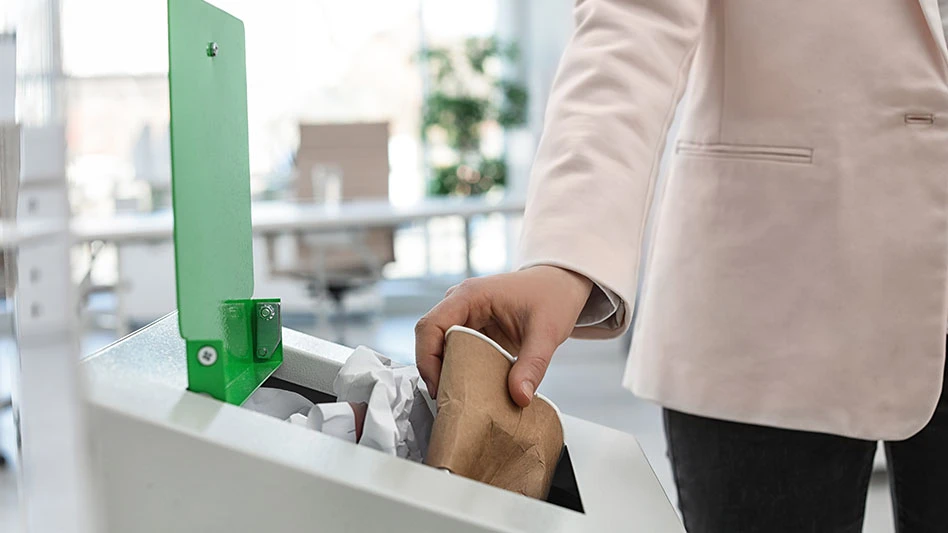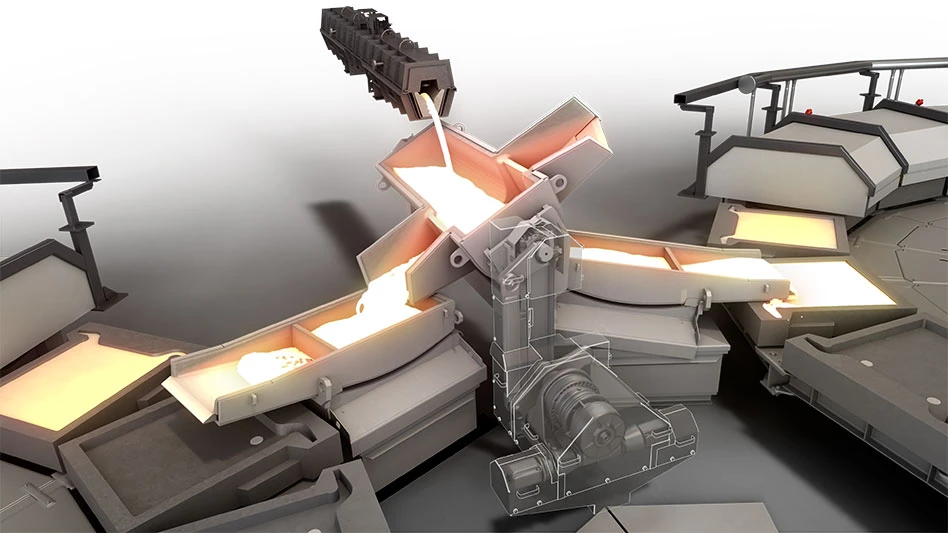|
|
As Recycling Today prepares to go to press on the July issue, which features our second annual Plastics Recycling Supplement, the Recycling Committee of the SPI: The Plastics Industry Trade Association, Washington, has released a report titled, “Compatibilizers: Creating new Opportunity for Mixed Plastics.” The report can be downloaded at www.plasticsindustry.org/files/Compatibiliz ers%20Whitepaper%20%28Version%201.0%29.pdf. This report introduces the possibilities that compatibilizers, or additives that allow incompatible polymers to “‘talk to each other’ and bond in a way that creates enhanced performance when compared to either polymer alone,” may offer to plastics recyclers. These additives have been used for some time with prime resins, and this report from SPI’s Recycling Committee explains how they work and notes one key shortcoming, which is that no single compatibilizer can address any mix of resins. The SPI paper points to the decline in bale quality and yield that plastics recyclers have been seeing, adding, “This rate of material loss can quickly change the economics of an operation from black to red. Similarly, in bales of material where the resin types are inherently highly mixed, such as bales of plastics from electronics, the most desirable resin types like ABS (acrylonitrile butadiene styrene) and HIPS (high-impact polystyrene) might only make up 60 percent of the bale.” The paper then asks what many recyclers have undoubtedly been asking themselves: “What is a recycler to do with the other 40 percent mixed fraction that might not be separable, again because of technical or economic infeasibility?” In such cases, the SPI authors suggest, “If that yield loss could be put to use as another valuable feed stream, it can dramatically change the economics of an operation, as well as further divert valuable plastics from the landfill.” Additionally, according to the report, some recyclers are finding that compatibilizers are key to recycling multiresin products, such as flexible packaging. It will be interesting to learn more about how recyclers can make practical use of these additives in the months and years to come. If they represent an economical way to recycle material streams that were previously thought of as difficult to recycle, they have the potential to disrupt the industry for the better. Sponsored Content Redefining Wire Processing StandardsIn nonferrous wire and cable processing, SWEED balances proven performance with ongoing innovation. From standard systems to tailored solutions, we focus on efficient recovery and practical design. By continually refining our equipment and introducing new technology, we quietly shape the industry—one advancement at a time. However, the successful use of these additives in recycling applications also could negatively disrupt the work of companies and communities that have been seeking to recover energy from these hard-to-recycle material streams or those that want to turn plastics into fuels. |
Get curated news on YOUR industry.
Enter your email to receive our newsletters.

Explore the July 2015 Issue
Check out more from this issue and find your next story to read.
Latest from Recycling Today
- Fenix Parts acquires Assured Auto Parts
- PTR appoints new VP of independent hauler sales
- Updated: Grede to close Alabama foundry
- Leadpoint VP of recycling retires
- Study looks at potential impact of chemical recycling on global plastic pollution
- Foreign Pollution Fee Act addresses unfair trade practices of nonmarket economies
- GFL opens new MRF in Edmonton, Alberta
- MTM Critical Metals secures supply agreement with Dynamic Lifecycle Innovations










